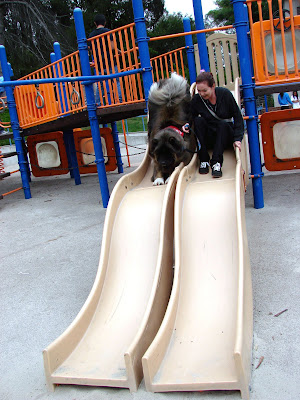As we come upon flu season, we all are conditioned to wash our hands more often, to drink plenty of fluids, and to protect ourselves by staying away from highly populated areas. However, as Pet Therapy Teams visiting nursing and hospice facilities, we should be aware of the risk of disease all year long and should condition ourselves to take certain measures to protect, not only ourselves, but also our dogs.
The bacteria known as Staphylococcus aureus, or Staph Infection, is highly prevalent in nursing and hospice facilities, and is also highly contagious. That is probably information that you were already aware of. What you might not be aware of is that there is a strain of these bacteria that are resistant to antimicrobial and antibiotic drugs. This is known as Methicillin-resistant Staphulococcus aureus, or MRSA. This pathogen is gaining attention more recently, especially with veterinarians, because it can be transmitted to pets. Although the average prognosis is usually good for this type of infection, in some cases of MRSA in pets, it can become systemic and fatal. With that being said, with just a few simple facts and precautions you can easily avoid it altogether.
According to studies conducted by the University of Guelph, University of Pennsylvania, and Angell Animal Medical Center in Boston, prevalence of MRSA is most often found in the skin and ears of dogs. Risk factors included open wounds, intravenous catheterization within 90 days of exposure, and recent receipt or chronic prescription of antimicrobial drugs such as amoxicillin, cephalexin, and clindamycin. Because MRSA, and other bacteria, are most prevalent on the floors of hospitals and nursing/hospice facilities, pets can easily contract the bacteria by walking on the floors and having open wounds or sores on their feet. Pets can also spread the bacteria from person to person by shaking “paws” or jumping on a patient’s bed.
In order to assure that your pet is safe during Lend A Paw visits, follow these recommendations:
1 – If your pet is on antibiotics, has any open wounds, hot spots, ear infections, or has had recent surgery, do not attend any therapy visits until your dog is healthy and off medication.
2 – During your visits, carry with you hand sanitizer and antibacterial wipes so that you can sanitize your hands as well as your pet’s skin, coat, and feet in between visits with patients.
3 – Though you bathe your pet before visits, it is a good idea to bathe your pet with antibacterial shampoo after visiting nursing homes or hospice facilities.
4 – When visiting in nursing or hospice facilities, ask the nursing manager if there are any patients that are on quarantine for MRSA or other bacterial infections. Also pay attention to signs posted outside patient’s doors, as these may explain important information regarding the patient.
 |
| Bailer brings joy to the Jewish Home for the Aging on a regular basis! |
This article is not meant to scare any of you or deter you from visiting. We bring a lot of joy to nursing and hospice facilities and we do not want to diminish this. However, it is important to be aware of what you are exposing yourself and your pet to in order to prevent spread of bacteria and disease. Please contact me if you have any concerns or questions!
Article by Sharon Vincuilla, Lend A Paw Director











































